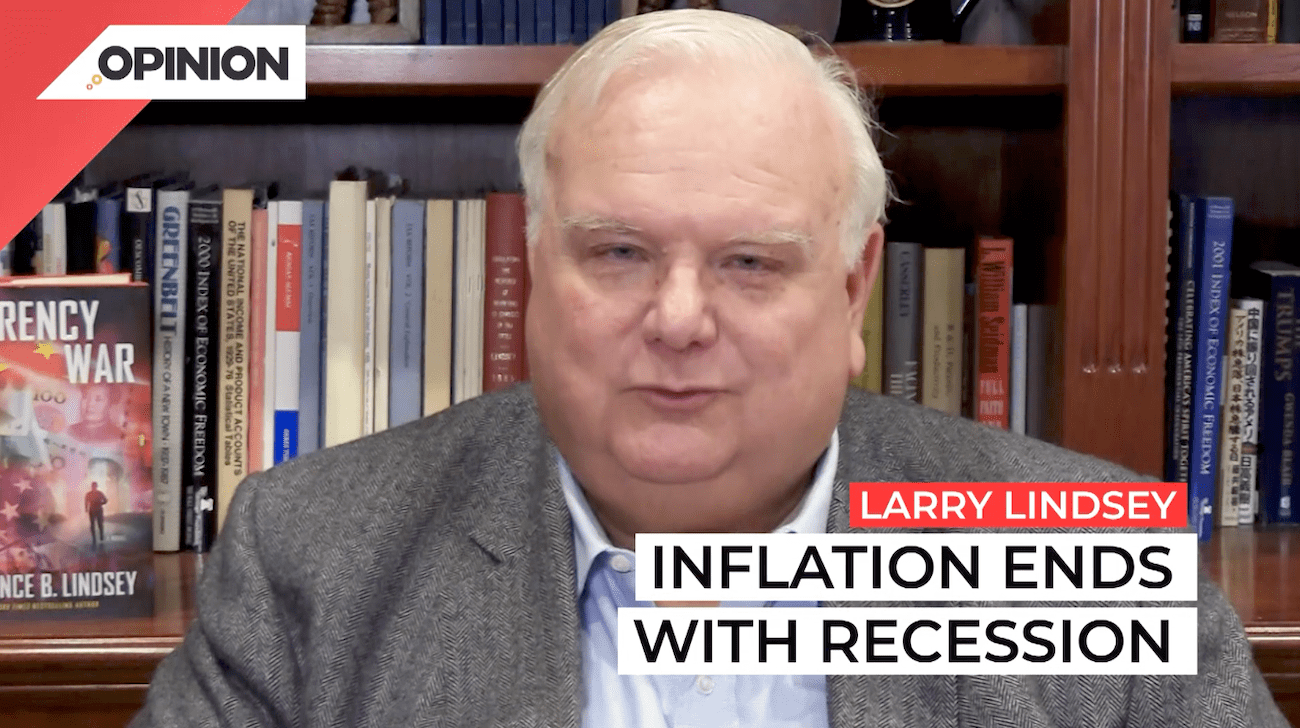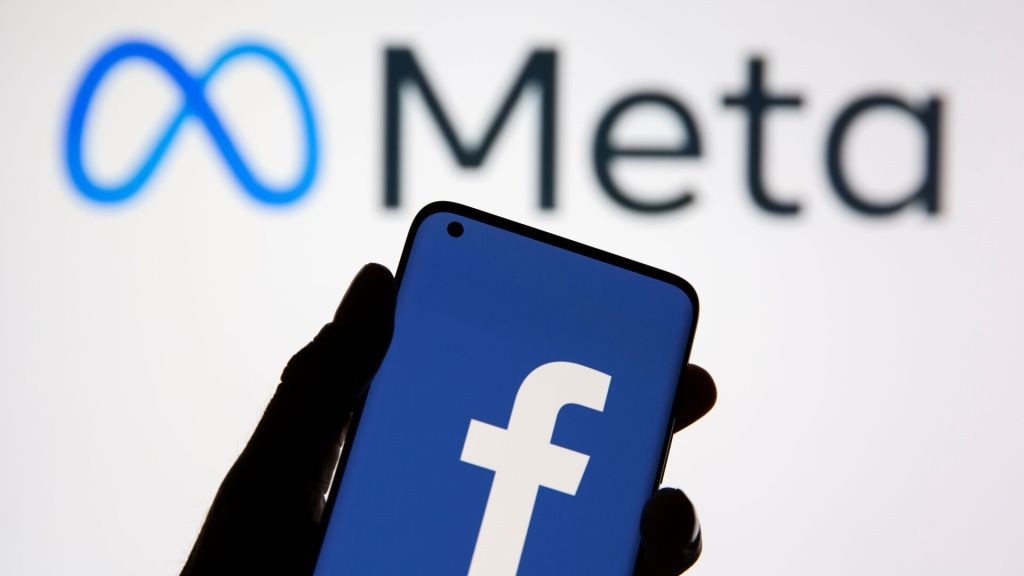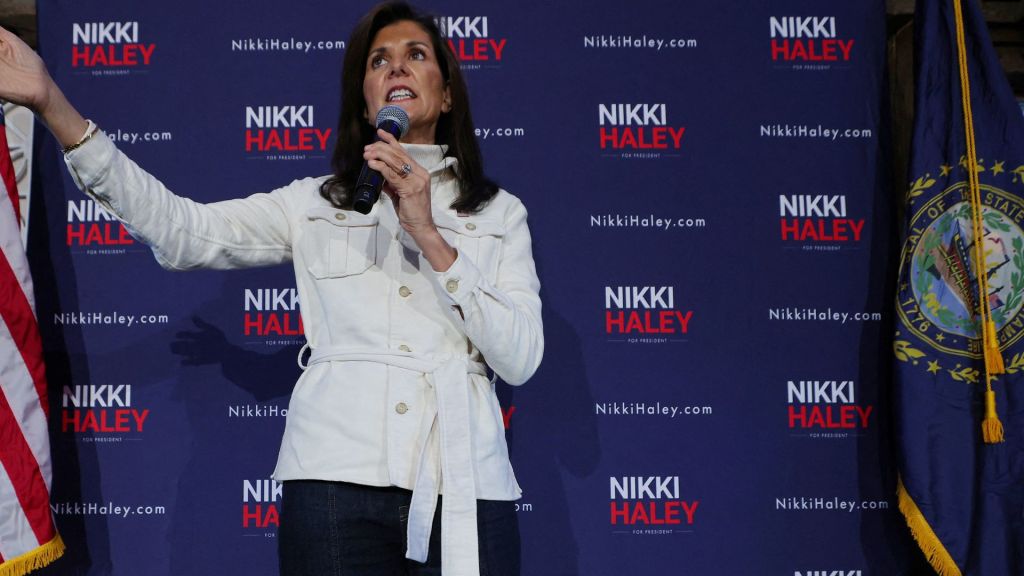
Commentary
-
Our commentary partners will help you reach your own conclusions on complex topics.
We’re all experiencing inflation, higher gas prices, higher food prices. It was reported that believe it or not, house prices have gone up over 18% in the last year. That’s faster than happened during the bubble that we had in oh-six and seven. This is record setting.
All prices are rising. Now the promise has been that this inflation is transitory. That’s the magic word, meaning it’s going to go away. Well, it was gonna go away this summer. That’s what they said back in January and February. Now it’s been pushed off and pushed off.
Chairman Powell said it’s going to continue now into next year. Treasury Secretary Yellen said it will stabilize in the second half of next year. Well, that’s a long time from now. Let’s face it. We’ve got inflation running ahead of us for quite some time.
Well, they’re still looking for a justification for why it’s transitory, and this summer in July the White House published a study that suggested that this was very much like the inflation that followed World War II.
It kind of makes sense. There was a supply chain disruption both times. What that means is that we have to rejigger industry. Back then we had to move from a war-time economy to a peace-time economy.
For example, it was to illegal to manufacture cars during World War II. Those assembly lines were all put into production of tanks and Jeeps and what have you. And all of a sudden you gotta start producing cars. And then there was pent up demand. Like there is today. People couldn’t spend during the war, and everyone wants what they couldn’t have. So there’s, you know, problems with supply. There’s higher demand.
And when demand’s growing faster than supply, you get inflation. Well, let’s look at what happened after World War II. Yes, problems did quote “solve themselves”, but the amount of pain in terms of inflation was very dramatic.
In 1946, for example, the first year after the war inflation, was 18%. It was almost 9% in ‘47. It was 3% in 48. And then in ‘49 prices actually fell. So yes, the supply chain problems and the demand side problems took care of things. Eventually we got down to stable prices, but the cost was really high.
For example, in 1945, the economy actually shrank by 1%. And then in 1946, it shrank by 11.6%. To put that in perspective, last year in 2020, rough year, it was the COVID year. The economy only shrank 2.2%. In other words, the economy shrank five times as much in ‘46, as it did last year. That’s a huge recession. And then we had yet another negative year in 1947. So yes, inflation was solved after World war II, but the pain that it caused to solve it, was very, very high.
We probably have some problems we didn’t have back then. It’s often said inflation is too much money chasing too few goods. Well, both times we printed a lot of money, and we did during World War II in order to help finance the war. And we did today to help finance the COVID spending, but believe it or not, we spent a lot more and printed a lot more money this time.
By the end of World War II, the Federal Reserves’ account, which is really a measure of how much money is out there, was just 11% of the economy. Today it’s 35% of the economy.
In other words, relative to the size of the economy, we’ve got three times as much money as we did after World War II. Well, this is quite a lot to make up for.
The other thing that’s different is after World War II, we began to shrink the federal budget deficit. So during the war, the budget deficit was running about 21% of GDP. By, ‘46, it shrank, and then it shrank again in 47 and 48. So we were actually in surplus by 1948.
Yes, we’re shrinking the deficit, but nobody sees us going in a surplus anytime soon. So we’ve got a lot more money out there, and we’re not cutting our budget deficit as much as we did the last time.
So probably we’re not gonna have as much success at fighting inflation as we did after World War II.
But the bottom line is even if it is like World War II, the inflation was only solved by having a big recession. In fact, every time we’ve had inflation in this country, it’s always ended with a recession. After World War II, inflation. We had a recession in 46. Later on we had a little inflation because of Korea. We had a recession in 1954. Then we had the famous guns and butter inflation at the end of the sixties when we were trying to increase both social spending and defense spending. We had a recession in 1970. Then we had the oil inflation. We ended up with a recession in ’74 and ’75. In ’79 to ’80, we had a massive, massive inflation, which ended with two recessions, one for six months in ’80, and then a big recession in ’81. And most of ’82. Brought inflation down, but the price was a recession. Same thing was true in 1990, same thing was true after the dot com bubble. Same thing was true after the housing bubbles. So-called great recession.
So the bottom line here is yes, maybe it is transitory, but be careful what you wish for, because the only way inflation has been ended so far in postwar history is by having a big recession.
-
Biden’s EV math just doesn’t add up
In March, the Biden administration issued a new directive requiring U.S. automakers to cut the average carbon emissions of their fleets by almost 50% before 2032. That order is one component of President Biden’s larger goal to cut total U.S. carbon emissions in half by 2030. A primary method for reaching these goals will involve…
-
President Biden just isn’t cool
For some Americans, politics is only about policy, while others prioritize core values, ideas, aspirations or beliefs. Still, for others, politics may be a reflection of culture, where voting serves as a symbolic act to proclaim cultural group identity. But for some Americans, who they vote for and support is more of a popularity contest,…
-
Federal Reserve policy should be more restrictive
The American economy is booming, with high GDP growth, record-low unemployment, and wage gains for median workers. Over the past few quarters, U.S. economic growth indicators have consistently outperformed official projections. But the U.S. Federal Reserve recently conceded that its policies might be too restrictive, hindering the full potential of the U.S. economy, which the…
-
Celebrate tight labor market, but don’t cut interest rates
While President Joe Biden has been celebrating U.S. economic success, many Americans are still unhappy about the economy. So who’s right? The most recent jobs report for February showed that while the unemployment rate rose slightly to 3.9%, job gains were higher than expected, with the total coming in at 275,000 versus the expected increase…
-
Social and economic class will define 2024 election
Following in the footsteps of FDR, Democratic support in the past hundred years has drawn largely from working-class individuals, labor unions, and civil society organizations. Republican support, conversely, tended to rely upon larger corporate donations and the support of high-income individuals. In 2024, these traditional roles are evolving, and the new reality of campaign finance…
Latest Opinions
-

Supreme Court justices split over Idaho’s abortion law
-
 Getty Images
Getty Images
Businesses sue over FTC ban on noncompetes
-
 Getty Images
Getty Images
National Enquirer ex-publisher: Tabloid made up stories to help Trump
-
 Getty Images
Getty Images
Bird flu fallout: USDA says milk is safe, states must test dairy herds
-
 Getty Images
Getty Images
Biden administration cracks down on flight refunds and hidden fees
Popular Opinions
-
In addition to the facts, we believe it’s vital to hear perspectives from all sides of the political spectrum.


